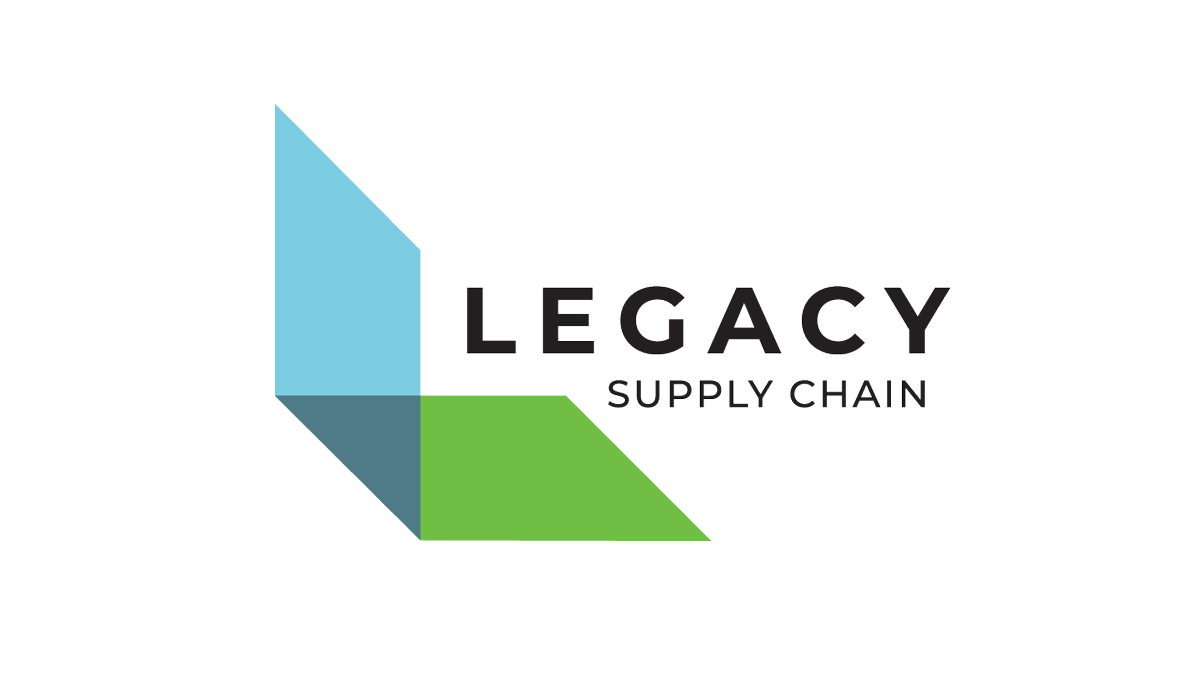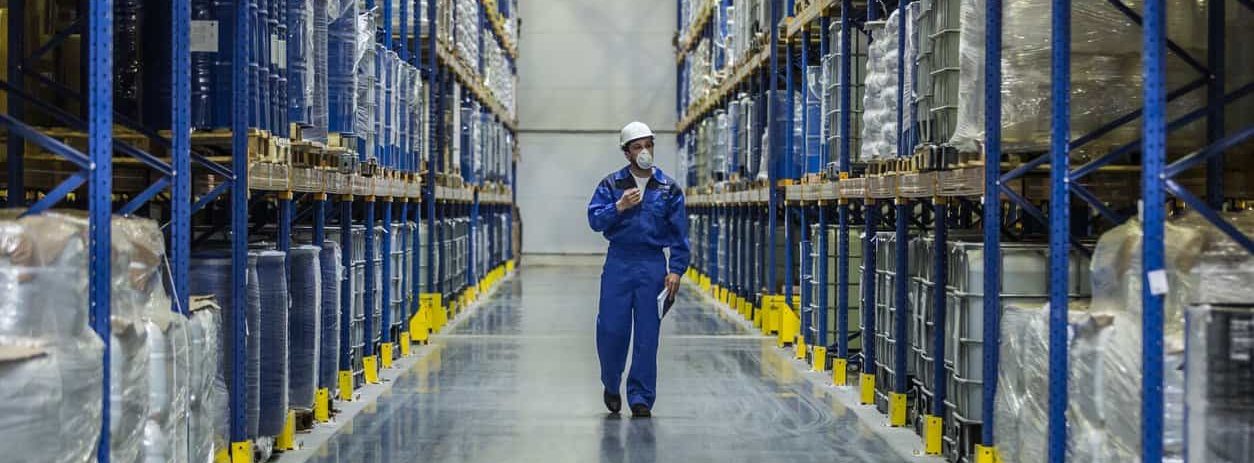Videos
What Skills are Needed for Supply Chain Outsourcing?For companies looking to outsource, a specific set of skills will set you up for success. Understanding the life cycle of an outsourcing relationship, having a dedicated relationship manager, mirroring the client and having direct relationships across the client’s organization are all skills that will ensure success.
In this 7-minute video, LEGACY Supply Chain Services President Mike Glodziak discusses these necessary skills for supply chain outsourcing.
Adrian: Let’s talk about this outsourcing as a core competency now, which I kind of like the way you phrased it there because I hadn’t really thought about that. It goes back to the whole title of this episode, having the right skills and the mindset to outsource logistics. Like I said at the beginning, every discipline whether it’s sports, medical research, cooking, you name it you have to have a core set of skills in order to succeed. What are, and I think you touched on them a little bit here already, some of those core skills, core competencies, if you will, that companies need to have to successfully create and manage outsourcing relationships.
Mike: I would tell you it’s really about the relationship. That’s where it starts. That’s where the investment is, and everything else kind of falls or hangs off of that relationship you’ve created between the client and the provider. Number one, there is without a doubt, and maybe I’m stating the obvious here, a life cycle to what we do. That life cycle may be a quarter life cycle. That may be a half year life cycle. That may be a full year life cycle, but there’s a life cycle and it’s imperative that the client and the provider both understand that life cycle. That life cycle really starts with understanding. To understand one another, to understand the scope of what the client’s trying to achieve, is the first step in that life cycle.
Then once you get through that understanding piece of it it’s about learning. It’s the client learning what you as a provider are capable of and the services that you might offer him. It’s us as a provider learning about our client, what makes that client tick, what measures are important to them, what are the tactical and strategic measures, and how do you positively affect a business.
There’s this understand element to the life cycle, there’s the learn element to the life cycle, and then the third piece of that life cycle is adjusting. How do you take those understanding and learnings and how do you adjust back to make that relationship work? Again, that could be a quarterly phenomenon. That could be an annual phenomenon, but there is an absolute life cycle to the relationship. If you can figure that out, again that’s what we do as strong providers is figure that life cycle out, it’s key. That would be my number one answer to, “How do you make this work? What does a client need to be successful on this road?”
I would say number two without a doubt, and most clients are getting pretty savvy at this and they are good at, is a relationship manager. It’s that SPOC as we call it, that single point of contact. That is so mission critical to what we do. Without that relationship manager on the client’s side it’s just difficult to manage. When you’ve got too many people to report to on the client’s side and those people have differing opinions and perhaps priorities for the day it becomes very difficult as a provider. The relationship manager’s key. There’s no doubt about that.
The typical relationship manager is a well-rounded individual. They really have a great understanding of their business. It’s beyond supply chain. It’s about customer service. It’s about their finances. It’s about their technology. It’s about what makes them tick. That’s the relationship manager’s job. They tend to be fairly mature, so they’ve got grey hair going on like I do. They’re well along in their careers. They’re big picture people. They don’t get bogged down in the minutia. They’re big picture people, and for the most part in our particular world we see them coming from the supply chain function within the client’s world. I would say number two, to make these things work and be good at this is about having a dedicated relationship manager in place.
The third thing we do to create success in our relationships is we try to mirror the client. We’ll take myself as an example. I’m the senior executive in Legacy Supply Chain. I’ll try to mirror myself in the clients world, whether that be the supply chain executive or whether that be [inaudible 00:05:01] President or a V.P. within our client’s world it’s incumbent upon me to mirror that relationship. Our V.P. of operations would do the same thing with our clients. Our facility managers will do the same thing. We like to mirror ourselves across the client’s organization.
The last thing I’ll add in there, and what we see as a differential in creating success and making these things work, is more and more of our clients are allowing us to become more exposed to their business. What I mean by that is they may introduce us to one of their market managers and we’ll develop a direct relationship with a market manager. It may be the market manager for the southwest U.S. or the northwest U.S., but we’ll develop a relationship with that market manager. We’ll develop a relationship with their forecasting crew, so we have a one-to-one relationship with the people that are forecasting the business and forecasting their growth over the next quarter or the next couple of years. We’ll develop relationships with their technology people, so we can get a better sense of where their technology is headed and what inputs that they’re looking from our technology or perhaps if we’re operating on their technology what changes are coming.
I would say that it’s absolutely important and, again, not easy to do. That client’s putting a lot of trust in you as a provider to allow you to have those direct relationships with all of the functional areas in their world. It’s key, but it certainly does help. There’s a lot of science to what we do, there’s no doubt about that, but there’s also a lot of art to making these relationships work. That’s part of the art right there is developing relationships within your client’s world.
-
Legacy Supply Chain Expands Enterprise Development Group
FRANKLIN, IN, UNITED STATES, April 16, 2024 /EINPresswire.com/ -- Legacy Supply Chain, an omni-channel North American third-party logistics...
+ Read more -
2024 Q1 Freight Landscape: Trends, Challenges, and Predictions
As the first quarter of 2024 comes to an end, here are some observations over the past few months as well as predictions about the trucking...
+ Read more -
Assess, Plan & Communicate: The 3 Steps to Creating a Warehouse Contingency Plan
Warehouse contingency plans: You hope you’ll never need them; but without one, you’re stuck. In early 2020, suddenly warehouses...
+ Read more


